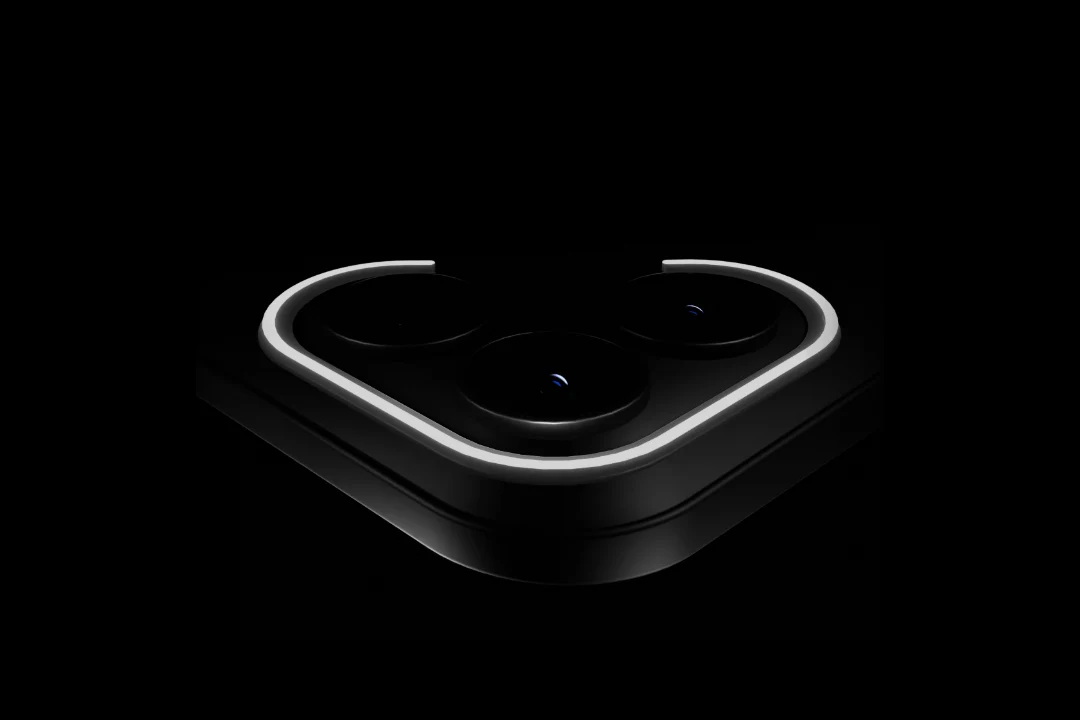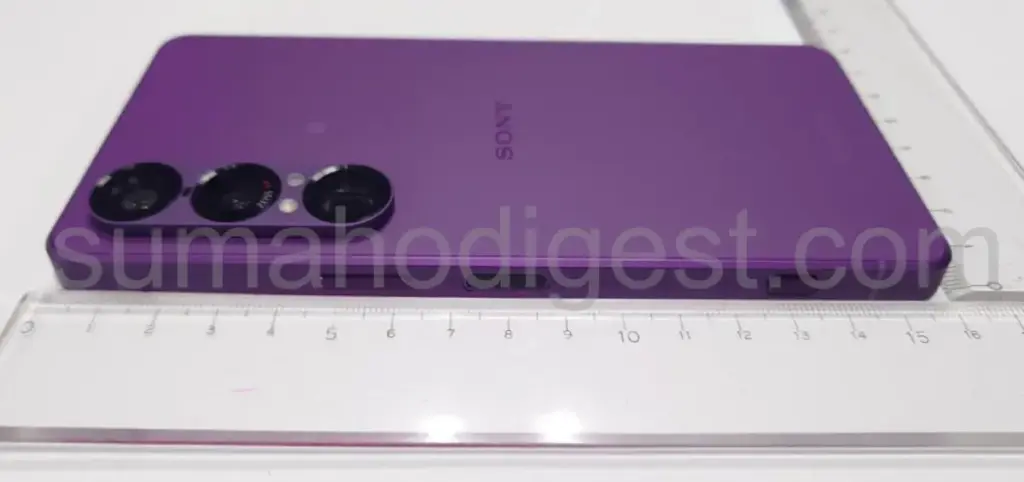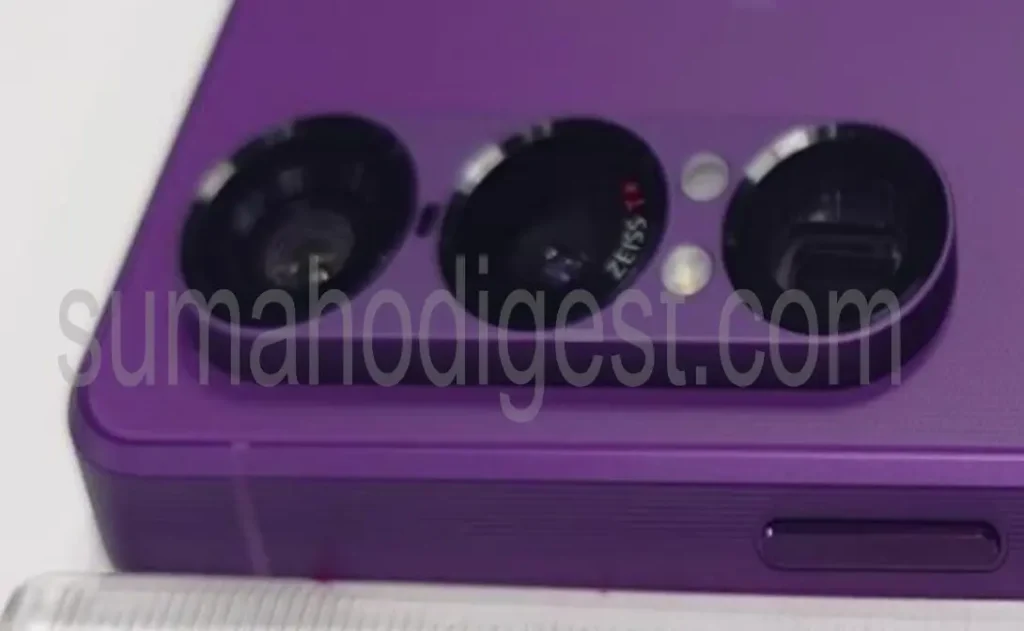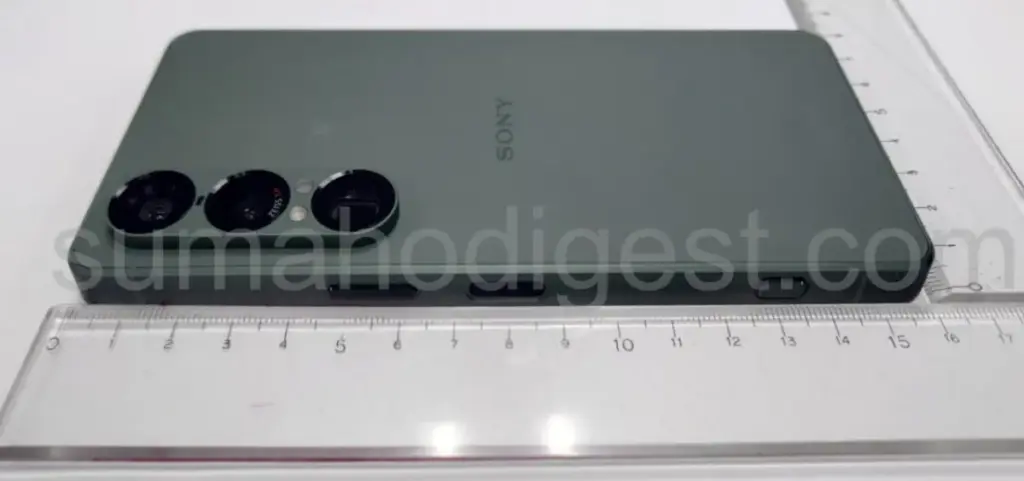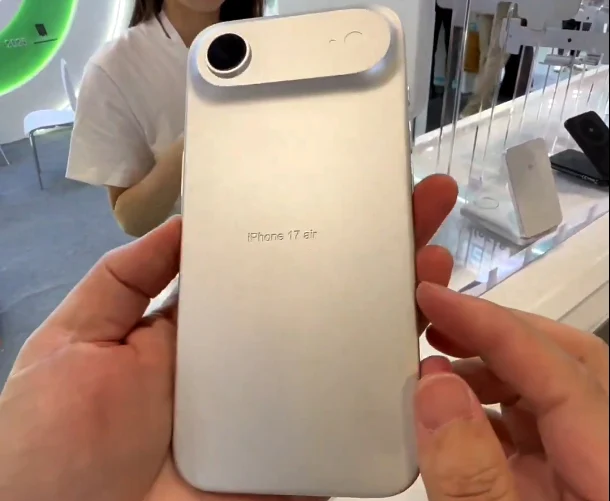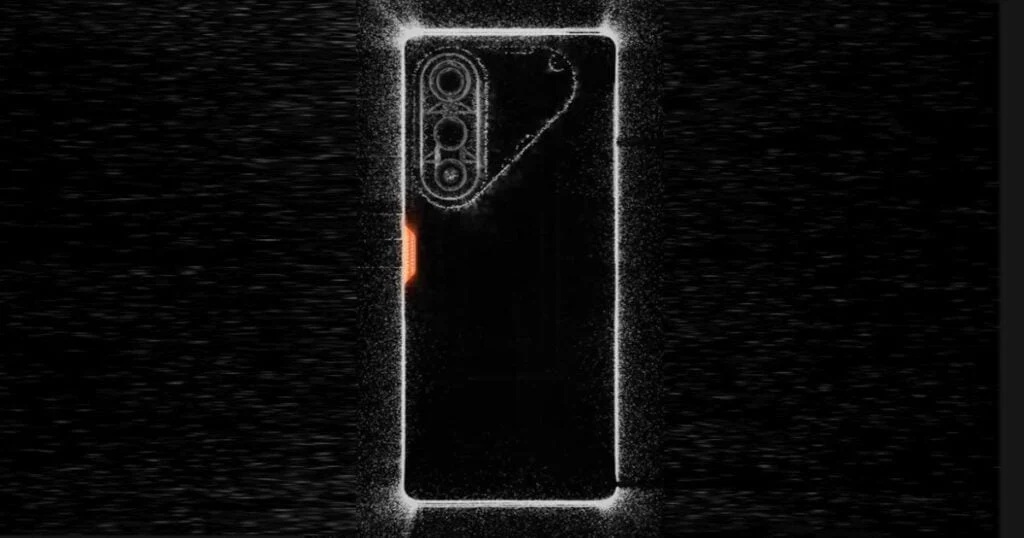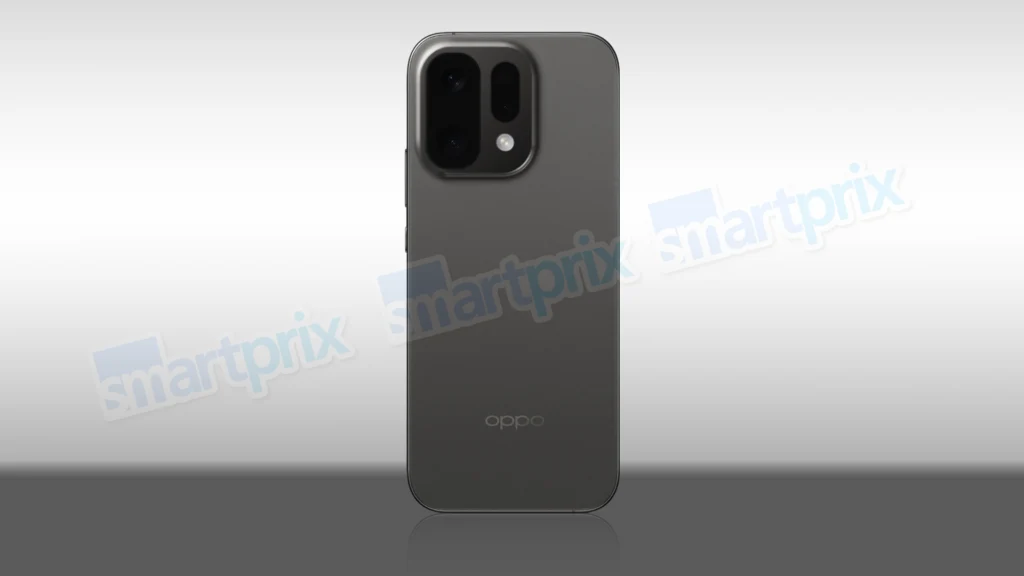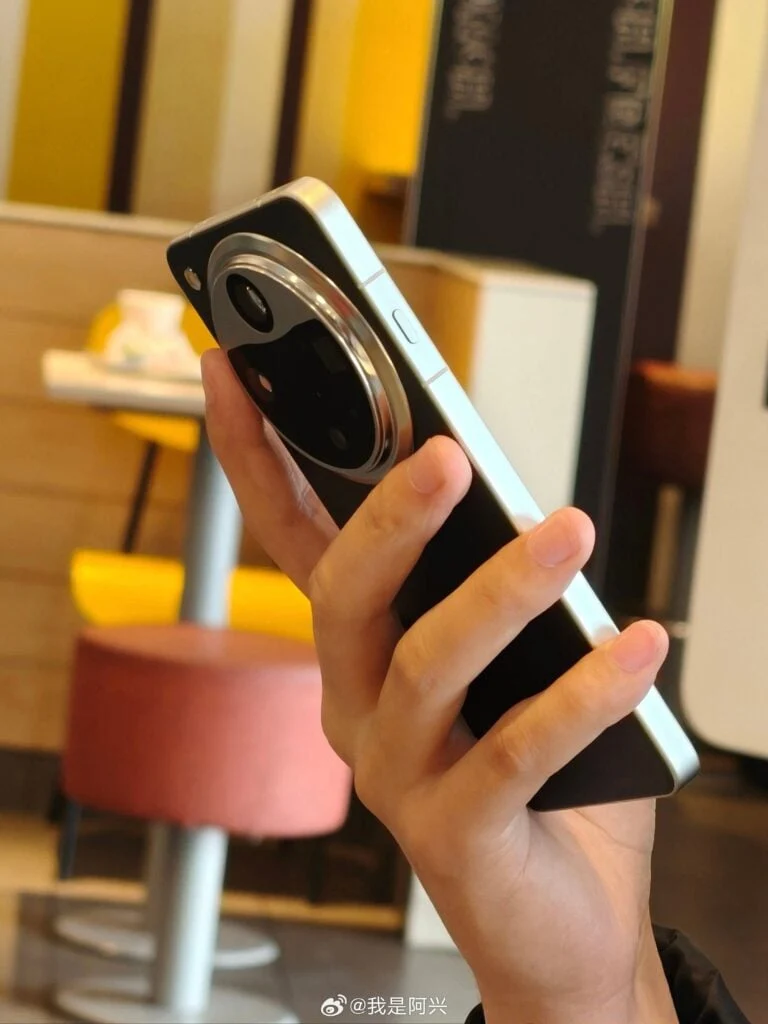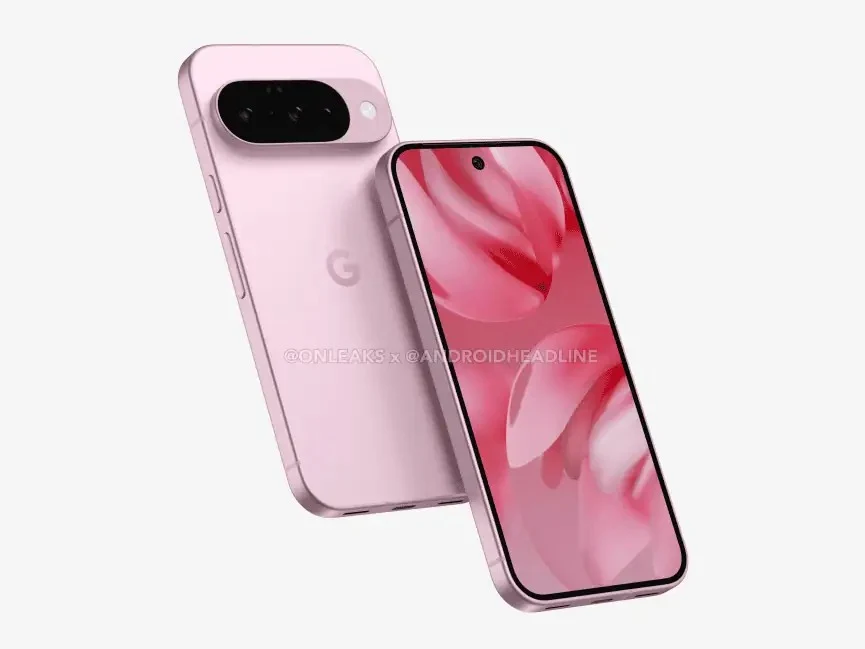Key Takeaways
1. Tecno has confirmed the name of its new smartphone as the Pova Curve 5G, following months of hints and teasers.
2. The design features a stylish curved display with a glossy finish and a slender frame.
3. A distinctive orange-accented button, likely the power button, adds a unique touch to the device’s design.
4. The smartphone includes a prominent camera bump with a vertically arranged dual-camera system and a triangle-shaped LED unit.
5. The Pova Curve 5G is expected to be available in three configurations: 6GB + 128GB, 8GB + 128GB, and 8GB + 256GB, with a launch anticipated this month in India.
Tecno has been hinting at the launch of a new Pova series smartphone in India for several months now. Recently, they shared a teaser video that highlights the phone’s rear design. Now, they’ve introduced a new poster that shows off the side profile of the device. This announcement marks the first time that the Tecno Pova Curve 5G name has been officially confirmed.
Design Highlights of the Tecno Pova Curve 5G
The image released showcases the Tecno Pova Curve 5G, emphasizing its elegant and contemporary side profile. The smartphone boasts a notably curved display that wraps around its edges, giving it a high-end and stylish appearance. It appears to have a slender frame with a glossy finish, which enhances its overall visual appeal.
A unique feature of the design is the orange-accented button on the side—probably the power button—which adds a striking and unique element. On the back, there is a prominent camera bump, and earlier reports have indicated that the Pova Curve 5G will come with a triangle-shaped LED unit in conjunction with a vertically arranged dual-camera system.
A New Era for the Pova Series
Overall, the Pova Curve 5G seems to represent a design evolution for the Pova series, striving for a more polished and luxurious aesthetic. Tecno has not yet disclosed the official specifications for the Pova Curve 5G. However, recent leaks suggest that it will be available in three configurations: 6GB + 128GB, 8GB + 128GB, and 8GB + 256GB. The launch is anticipated to take place within this month in India.
